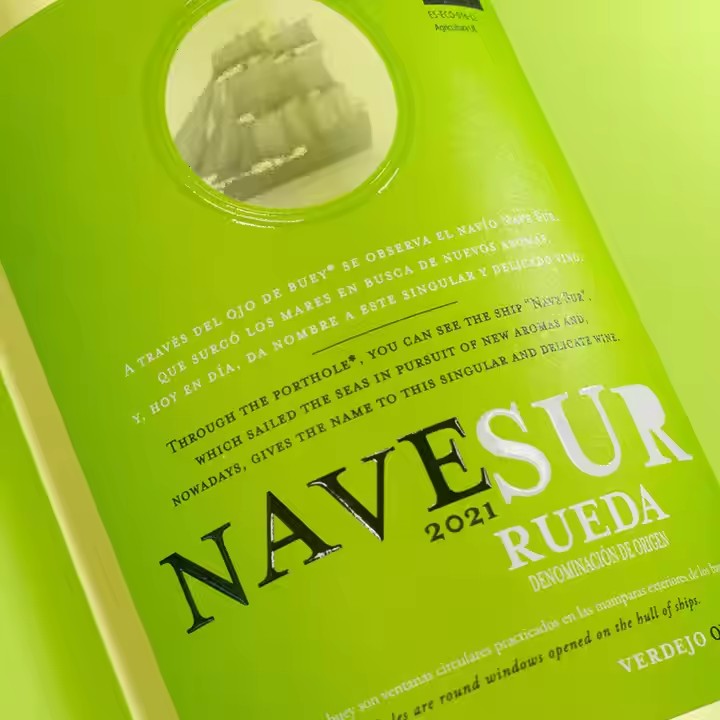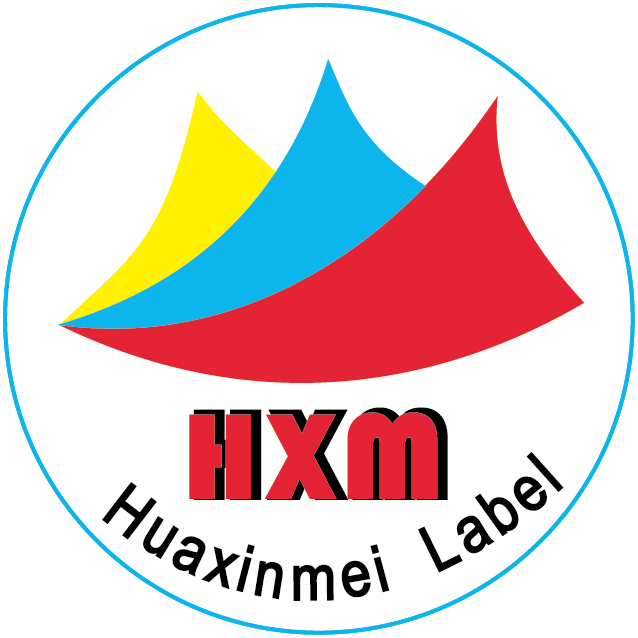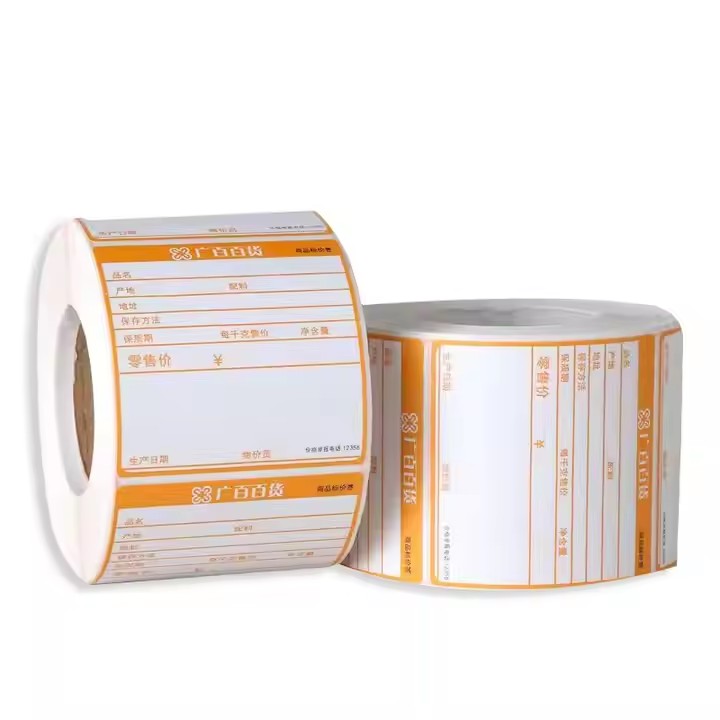Digital and Information Technologies
Barcode Technology: This is a simple and widely used labeling technology that uses black-and-white stripes to represent product-related information, such as product numbers, prices, and production dates. It is suitable for basic product tracking and information recording. The scanning equipment is quick and easy to use, and the cost is relatively low. Barcodes provide consumers with more detailed product information, helping them understand the product’s origin, and ensuring both safe use and consumption.
QR Code Technology: QR codes can store more information and link to product detail pages, usage instructions, promotional videos, etc. They can also be used for product traceability and anti-counterfeit verification, offering consumers more detailed product information and interactive experiences. QR codes allow consumers to access real-time product information, such as promotions or upcoming discounts, enhancing their understanding and trust in the product.

RFID Technology: Radio Frequency Identification (RFID) technology embeds an RFID chip in the label, enabling wireless identification and product tracking. It offers fast identification speeds, high accuracy, and the ability to read multiple tags simultaneously. This technology is widely used in inventory management, logistics tracking, and anti-counterfeit efforts, improving the efficiency and transparency of supply chains. RFID can precisely track the logistics of products, allowing consumers to verify the authenticity of the product.
NFC Technology: Near Field Communication (NFC) is similar to RFID but with a shorter communication range. It is commonly used for short-range information exchange. For instance, when a phone is brought close to an NFC tag, it can trigger product information displays, loyalty programs, and other interactive experiences. NFC provides consumers with an easy way to access product information and personalized services.
Material and Ink Technologies
Material Labels: These labels use special materials such as fluorescent ink, thermal paper, and holographic materials to enhance the anti-counterfeit and uniqueness of the label. For example, fluorescent ink reveals hidden information under specific lighting, thermal paper changes color when heated, and holographic materials can present 3D effects or rainbow-like visuals that are hard to replicate. The choice of special inks and materials depends on the product’s needs. For instance, electronic products might require vibrant labels made with special inks that produce eye-catching effects.
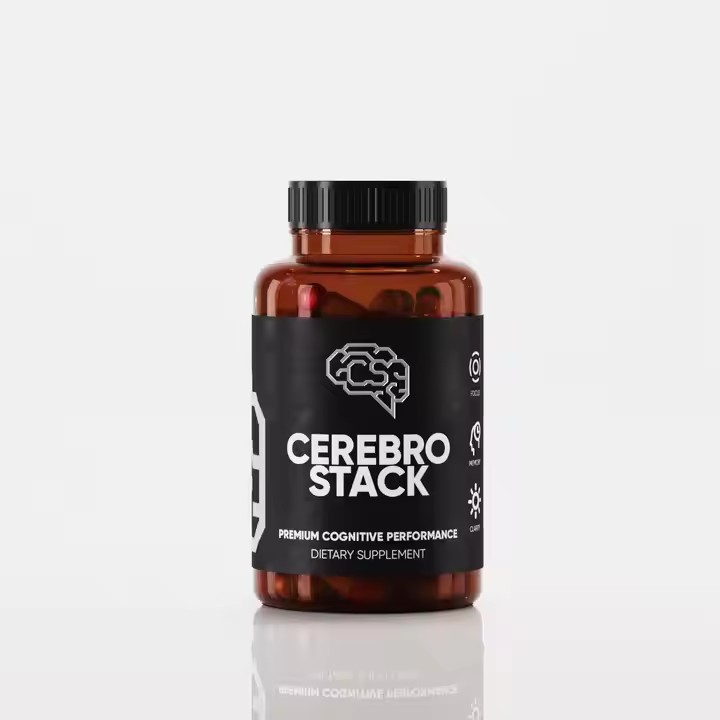
Ink Anti-Counterfeit Technology: This uses special inks such as color-changing ink, thermochromic ink, and fluorescent ink. Under certain conditions, these inks display different colors or effects. For example, color-changing ink alters color at different angles, thermochromic ink changes color with temperature variations, and fluorescent ink glows under ultraviolet light. These properties increase the difficulty of counterfeiting and enhance recognition. The choice of ink also affects the quality and cost of the label, with higher-end inks offering more distinctive and reliable effects.
Printing and Manufacturing Technologies
Digital Printing: Unlike traditional printing methods, digital printing does not require plate-making and allows for fast, flexible small-batch production. It can be customized according to design requirements and order quantities and supports variable data printing, such as printing different batch numbers, serial numbers, or customer names on labels. This meets the demand for diverse and personalized labeling by manufacturers. For printing, it’s advisable to go for large-scale production whenever possible, as it offers better cost efficiency and saves economic resources.

Laser Engraving Technology: Laser beams are used to carve out patterns, text, or textures on label materials. The engraving is fine, durable, and offers high anti-counterfeit properties and artistic value. This technology is often used for high-end product labels or long-term markers. Depending on the product, laser printing can be used to create eye-catching designs, especially for trendy items like collectible blind boxes or premium merchandise, enhancing their visual appeal and artistry.
Cut-Out or Special Pattern Technology: Labels can be made with tiny patterns or special cut shapes that are difficult to replicate by conventional means. This increases the difficulty of counterfeiting and serves as a unique anti-counterfeit feature or brand signature. Cut-out designs are particularly suitable for high-end gifts like fine wines, teas, or luxury apparel, adding a sense of sophistication and premium quality to the product.
Anti-Counterfeit and Security Technologies
Security Background Technology: Complex security background patterns, such as microtext, geometric shapes, and gradient colors, can be added to labels. These patterns not only enhance the aesthetics of the label but also make it difficult for counterfeiters to replicate precisely, improving the overall anti-counterfeit performance. Complex designs and microtext are typically created with high-end technologies to increase security and ensure the brand’s legitimacy.
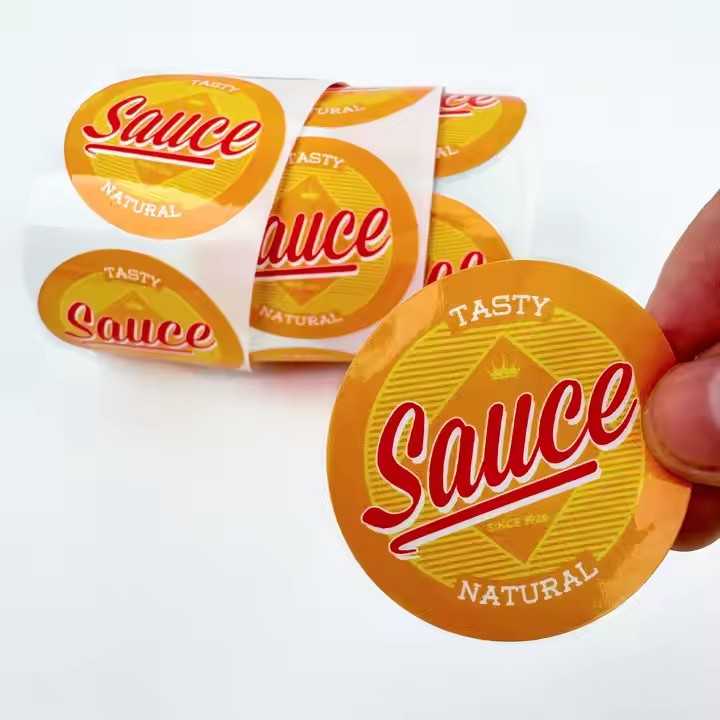
Digital Watermark Technology: Invisible digital watermark information can be embedded in the label’s images or text. This can only be extracted and identified using specialized detection equipment or software, making it useful for verifying the authenticity and origin of products, thereby protecting the brand’s intellectual property. Digital watermarking helps consumers learn more about the product and distinguish between genuine and counterfeit items.
Microtext Technology: Microtext is printed on labels, and it is so small that it can only be seen clearly using a magnifying glass or specific equipment. This increases the difficulty and cost of counterfeiting and can be used to hide important product information or anti-counterfeit markers. Printing microtext on labels adds richness and uniqueness to the product’s identity.
